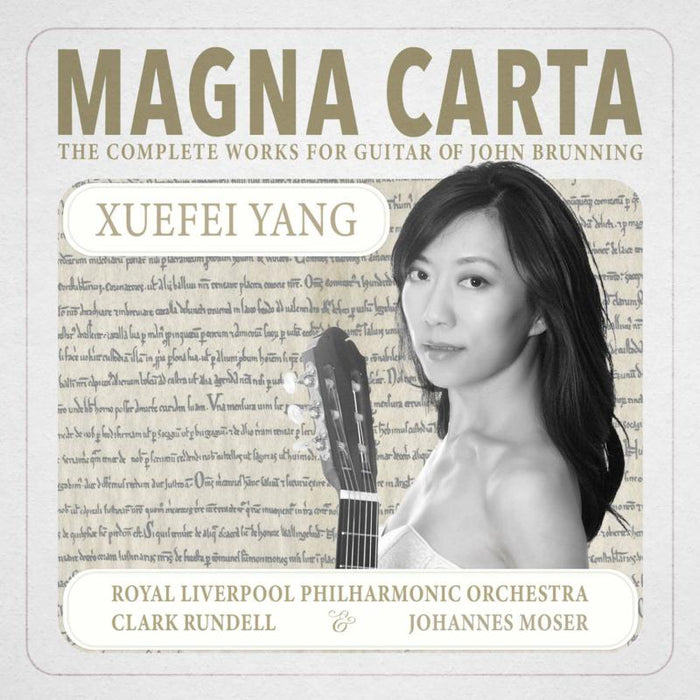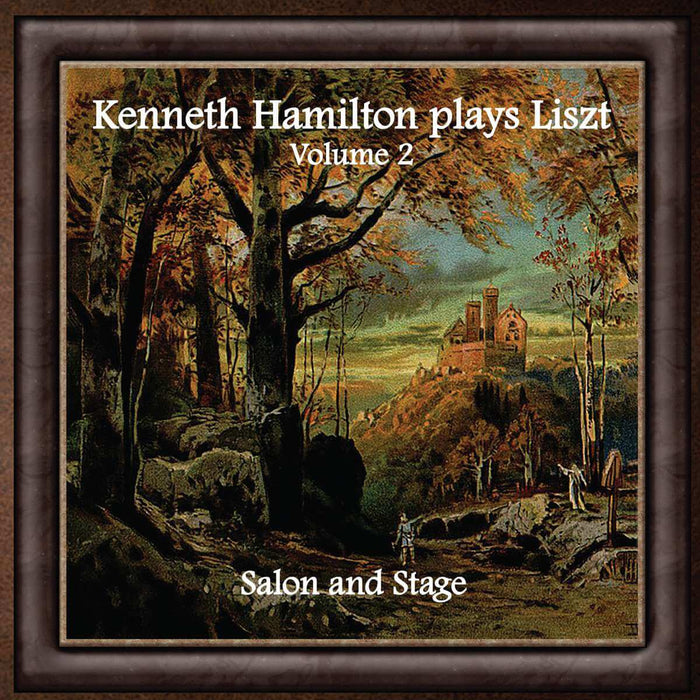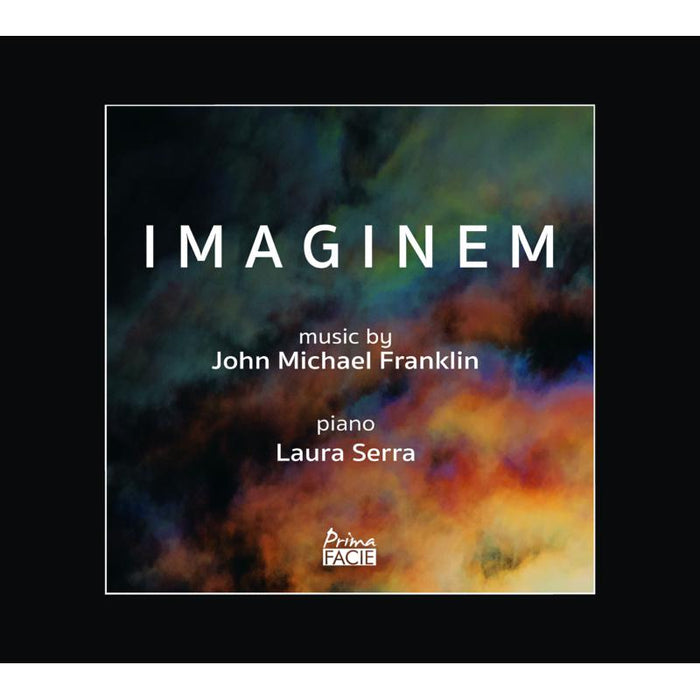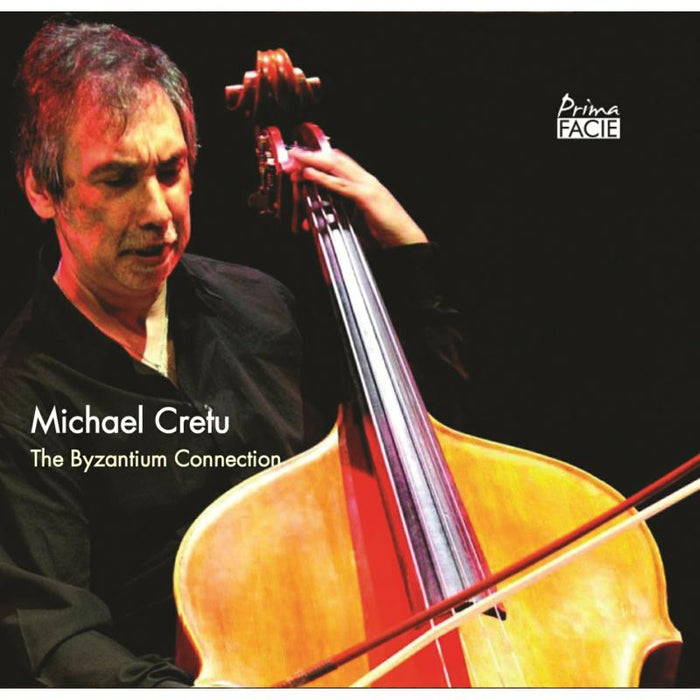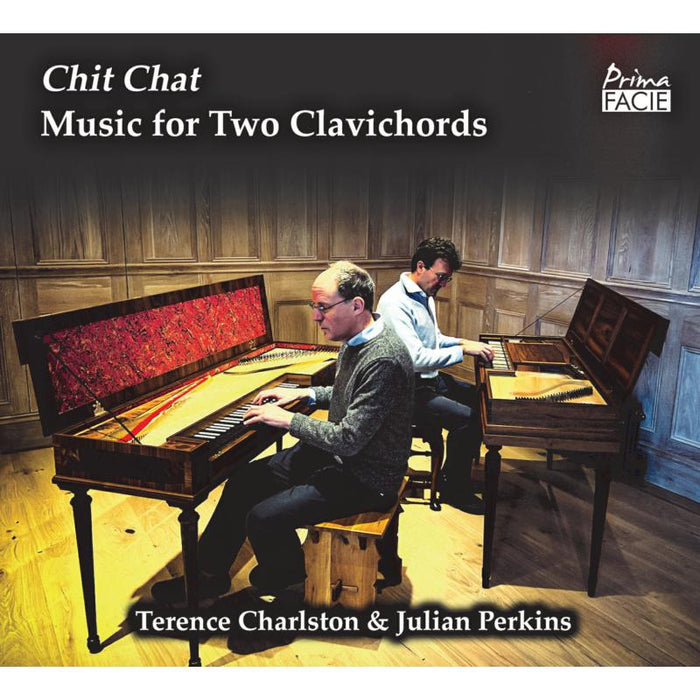Description
This remarkable double album offers two astonishingly different performances of the same piece: Set of 5, Daryl Runswick's aleatoric improvisation masterpiece. Ask yourself, can this be the same music? - and yet despite the differences - in lineup, in style, in approach - what we hear is recognisably the same work interpreted in fascinatingly contrasting ways.
Daryl Runswick writes:
"Set of 5 (composed in 1996) is exactly what it says on the tin: a set of five pieces (unconventionally scored - there is little notated music) to be improvised by any group that wants to. I wrote them... come again? How can scores exist if the music is improvised? The answer is as timeless as the history of music itself: these scores contain guidelines to be worked up as pieces always have been from the Renaissance and before when musical scores were very basic and the players were expected to expand the instructions into finished performances; through Baroque times when operatic singers and concerto soloists improvised virtuoso ornamentation on the given melodies; up to and beyond the jazz age. My guidelines are written sometimes in words, sometimes in graphics, sometimes in notes.
This double album contains two performances of Set of 5 by contrasting groups, sounding completely different from one another and yet recognizable as the same work. One is the legendary Dartington performance (26.07.99) by Keith Tippett and me on two pianos. Keith (1947-2020) was one of Britain's - and indeed the world's - greatest piano virtuosos. As a tutor at the Dartington Summer School, I was given a concert of my own and I invited Keith, also a tutor, to do Set of 5 with me. The improvisational style from the two pianists is not particularly jazz-influenced: Keith, nominally a jazz musician, had in fact a wide stylistic range and many of his performances (with his wife Julie Tippett, and with others) were very close to what the 'classical' contemporary music community were doing at the time. My background as a composer-performer was similar.
The other performance is the World Premiere (06.05.99) where the performers were composition students of mine at Trinity College of Music in London. The performance space was Hinde Street Church in Marylebone, whose acoustic was wonderful but not soundproof and traffic noise from outside often impinged. On the day of this lunchtime concert the traffic was particularly intrusive, to such an extent that it influenced the players and produced a performance different from what it would have been if the noise hadn't been there. I have not attempted to remove this noise from the recording but have included it and even credited it in the list of performers! - something which I believe John Cage (a great hero and influence of mine) would have approved of."


